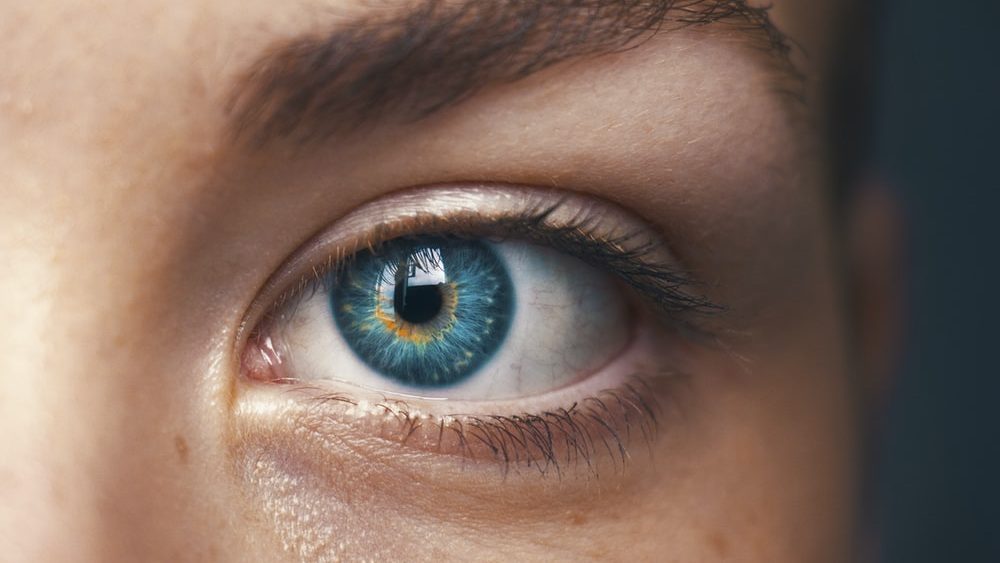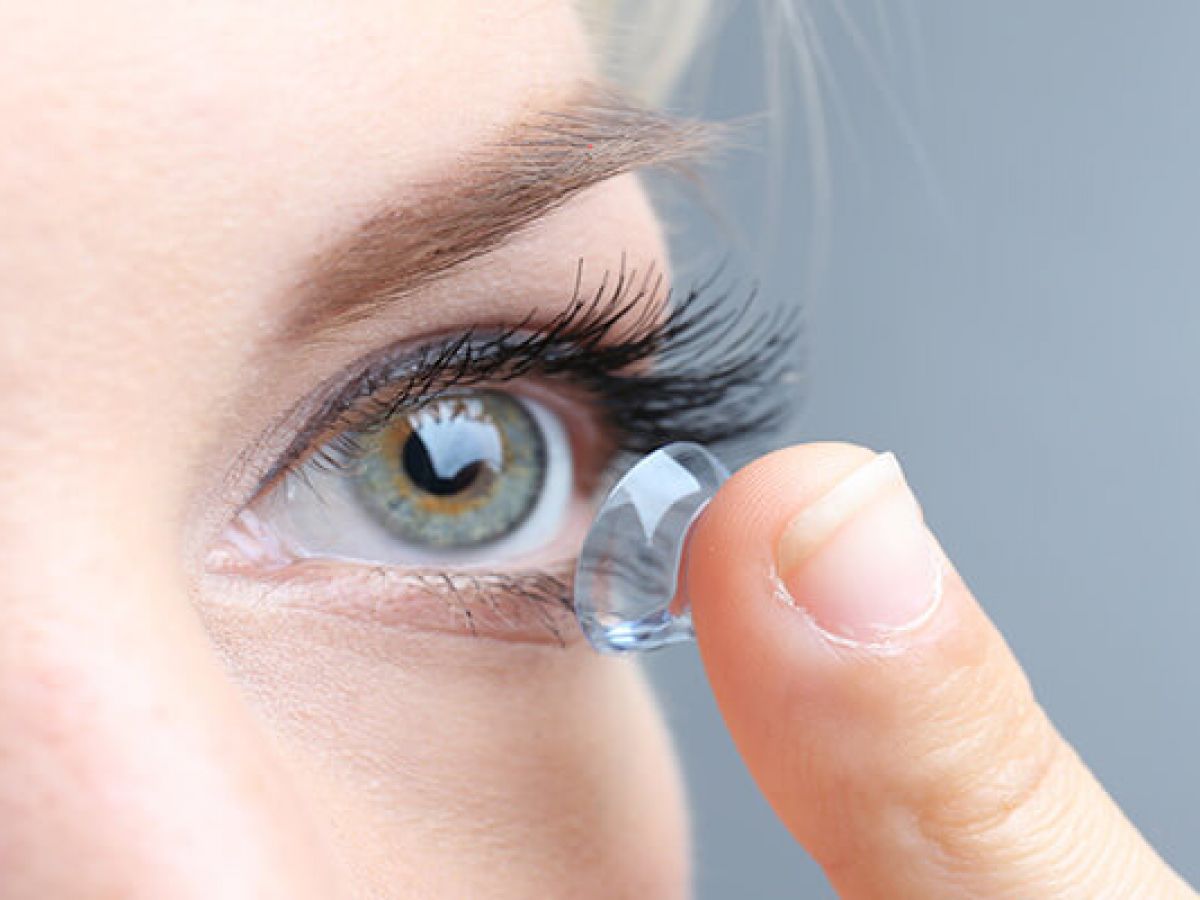What is DSEAK?
DSAEK, short for Descemet’s Stripping Automated Endothelial Keratoplasty, is a type of partial corneal transplant. Not everyone who requires corneal transplant surgery is a candidate for a DSAEK.
The cornea is the thin, clear dome at the front of the eye. It is the part of the eye that a contact lens sits on. In order to see your best, it must be clear and compact so that you can easily see through it. Should it become swollen, hazy or scarred, your vision would decrease dramatically.
Advantages of DSEAK
DSAEK (Descemet Stripping Automated Endothelial Keratoplasty) is a less invasive corneal transplant surgery than Penetrating Keratoplasty. Typically used for the treatment of corneal swelling, DSAEK is a surgical technique that replaces only the diseased or damaged portion of the cornea. The inner layer of the cornea, called the endothelium, is removed leaving the rest of the cornea undisturbed. In a traditional cornea transplant, doctors make a full thickness incision by creating a circular opening in the front of the eye. This requires many sutures to secure the transplant. In DSAEK, they insert the new cornea through a small incision that requires only one suture for closure. The graft is then supported by an air bubble until it stabilizes.
The benefits of replacing one layer are many including:
- Shorter post-op recovery
- Faster visual recovery
- Less chance of rejection
- Less invasive re-operation if necessary.
DSAEK surgery is typically covered by insurance and takes less than an hour to perform. It can even be combined with cataract surgery when necessary. As an outpatient procedure in our surgery center, patients return home within hours. After surgery, you will be advised to follow some specific instructions to maximize the chance of success. The initial visual recovery takes approximately 1 week, after which vision improves gradually for several weeks more. Patients can regain excellent levels of vision. You will return to your surgeon’s office one day, one week and one month after surgery, then periodically thereafter. During this time patients use a tapering dose of steroid eye drops to prevent rejection.

What is Corneal Swelling?
Swelling of the cornea can result from premature aging (Fuch’s Dystrophy) or damage to the cornea’s inner lining called the endothelium. The cells in the endothelial layer are responsible for pumping fluid out of the cornea, keeping it clear and compact. When the number of these cells is reduced, the cornea becomes swollen and cloudy, leading to blurred vision. These are conditions where DSAEK can be most helpful in restoring vision. DSAEK does not work in scarred or irregularly shaped corneas.
What to Expect
Before your surgery, the surgeon will meet with you in our office. An examination will determine if surgery is the appropriate treatment option. Doctors perform testing and measurements at the time of your appointment. Our office will review the cost of the procedure with you. Most insurances and Medicare cover much of the cost. Your surgeon will explain the post-operative care and will address any other questions you might have about DSAEK. Your surgeon will prescribe antibiotics and other eye drops before your surgery. It is very important not to eat anything after midnight on the night before your procedure.
Your surgeon will typically perform DSAEK with mild sedation. Numbing medication is also used so there is little or no discomfort. Using sophisticated instrumentation adapted from LASIK procedures, the donor cornea is prepared and placed in the recipient’s eye. This new graft is then supported by an air bubble. It presses against the recipient’s cornea while the patient is lying on their back. The bubble takes the place of sutures and is only necessary for a short period of time after completion of the surgery. After the surgery, you will be asked to lie flat on your back for at least 24 hours to ensure success of the surgery.
Vision After DSAEK
Your surgeon will check your healing on the first day after surgery. Your vision is not expected to be improved immediately at this visit. In fact, it is usually worse on your first post-op day. There is minimal pain after surgery. Some light sensitivity and scratchiness can be expected. Visual recovery varies depending on the severity of your corneal cloudiness before surgery. Most patients notice improvement in their vision during the first two weeks after surgery, with continued improvement during the next four to six weeks. This is faster than the many months and often years of rehabilitation needed after a traditional penetrating transplant. You will likely have a change in your eyeglass prescription at some point after the surgery.
Because the new transplant does not require sutures to stay in place, there is less induced irregularity or change in the curvature of the recipient cornea (astigmatism). This translates into faster rehabilitation of vision, fewer postoperative physical restrictions and a stronger eye after surgery, which is less susceptible to injury from trauma. The surgical incision is smaller and does not alter the eye’s integrity. There is also less concern about sutures breaking and causing infections.
You will usually be able to resume most physical activities like light exercise and applying eye makeup 1 week after surgery. Swimming and more intense exercise such as weight lifting can be resumed 4 weeks after surgery.
If you have any questions regarding this procedure and to find out if you are a candidate please contact SightMD today. Our doctors will complete a comprehensive exam and walk you through the next steps if determined you are a candidate for this procedure. With many convenient locations we are sure to find the best match for you!

Bad Habits To Avoid When Using Contact Lens That Can Endanger Your Eyes
Contact lenses can change your world. While many people prefer the look and ease of glasses, others enjoy the freedom…

Are my reading glasses making my eyes worse?
Short answer- No Although we don’t know the exact mechanism by which humans have a decreased ability to focus…

Dos and Don’ts for Contact Lens Wearers
Contact Lenses & Eye Care Contact lenses are a safe and convenient way to correct your vision — as…